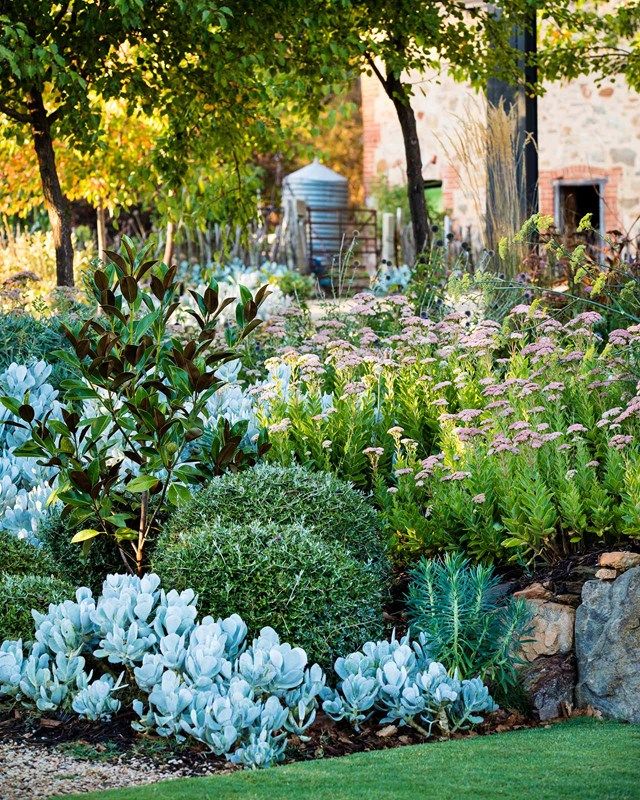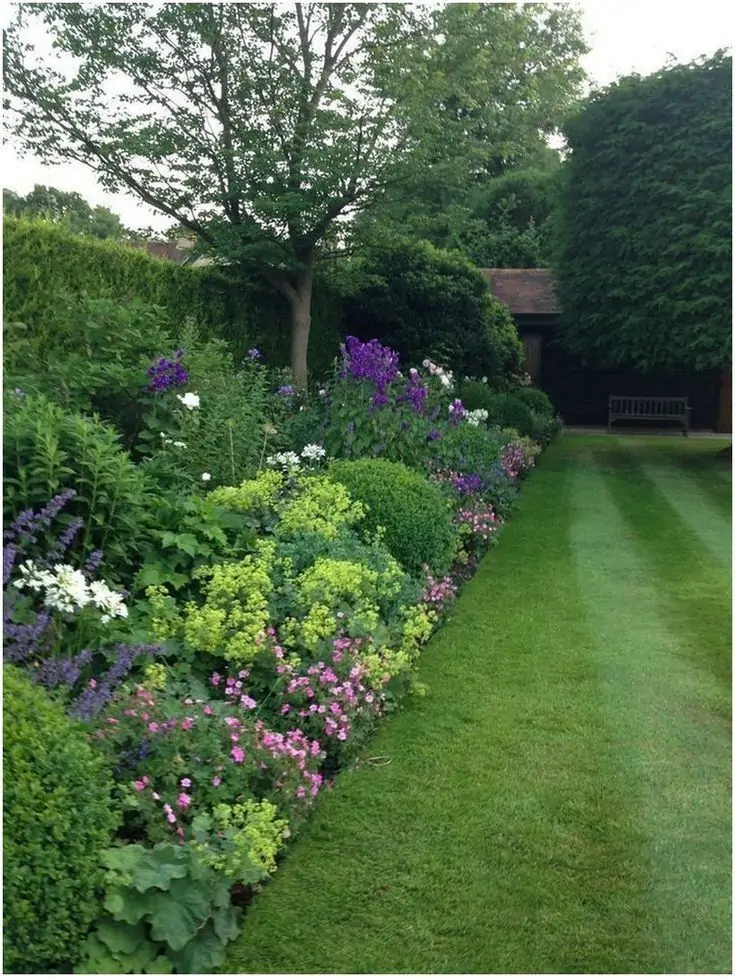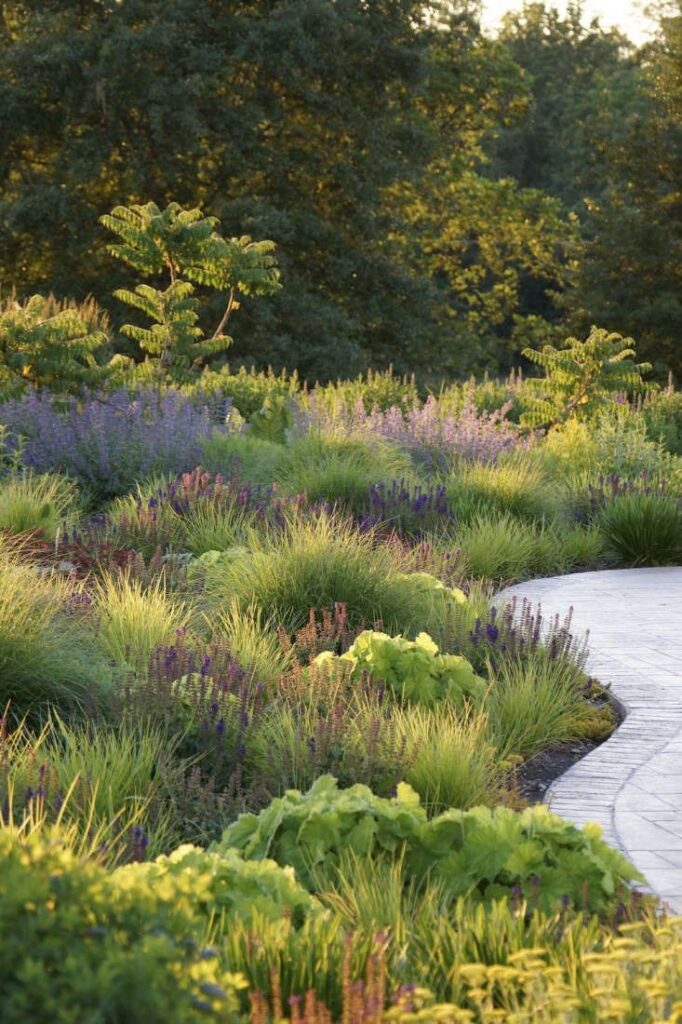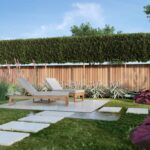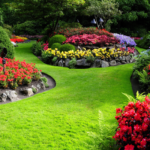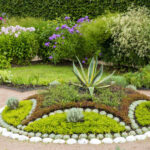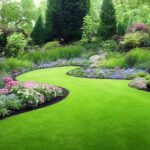A landscape garden is a carefully planned outdoor space that incorporates both natural and man-made elements to create a visually appealing and functional area. These gardens are designed to blend seamlessly with the surrounding environment, enhancing the beauty of the landscape while also providing a peaceful and relaxing retreat for visitors.
One of the key features of a landscape garden is its use of various elements such as trees, shrubs, flowers, grass, and other plants to create a vibrant and diverse setting. These plants are carefully selected and arranged to create a harmonious balance of colors, textures, and heights, creating a visually stunning display that changes throughout the seasons.
In addition to plants, a landscape garden may also include other features such as water features, pathways, seating areas, sculptures, and lighting to enhance the overall aesthetic appeal of the space. These elements work together to create a cohesive design that invites visitors to explore and enjoy the garden from different perspectives.
The design of a landscape garden is often guided by the principles of aesthetics, functionality, and sustainability. Landscape designers carefully consider factors such as the site’s natural features, climate, soil conditions, and the needs and preferences of the garden’s users to create a garden that is both visually striking and ecologically sound.
Maintaining a landscape garden requires regular care and attention to ensure that the plants remain healthy and the overall design stays intact. This may include tasks such as watering, pruning, weeding, fertilizing, and pest control, as well as periodic renovations and updates to keep the garden looking its best.
Overall, a landscape garden is a beautiful and inviting outdoor space that can enhance the natural beauty of any setting. Whether used for relaxation, social gatherings, or simply enjoying the beauty of nature, a well-designed landscape garden can provide a sanctuary of peace and tranquility for all who visit.
